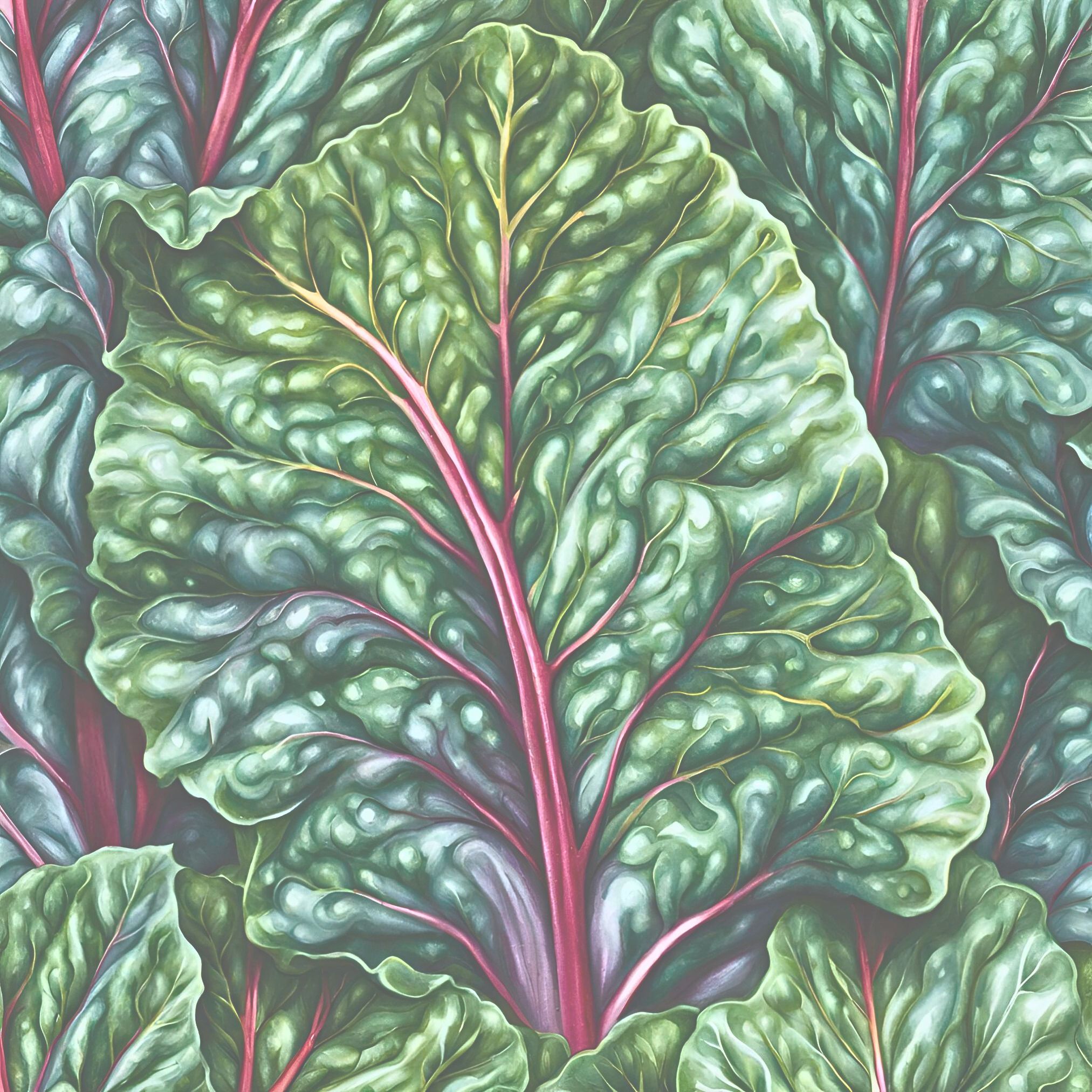
Mastering Vegan Idli: A Step-by-Step Guide to Deliciousness
Introduction:
In the colorful tapestry of South Indian cuisine, idli holds a special place. These fluffy, steamed rice cakes are not just a breakfast staple but a culinary delight enjoyed throughout the day. However, for those following a vegan lifestyle, traditional idlis made with fermented rice and lentil batter may pose a challenge due to the inclusion of dairy or other non-vegan ingredients. But fear not, as this comprehensive guide is here to help you master the art of cooking vegan idli.
Quick Tips for Perfect Vegan Idli:
- Choose the Right Ingredients: Purchase high-quality rice and lentils for the best results. Ensure they are fresh and free from any impurities.
- Get the Consistency Right: Achieving the perfect consistency of the batter is crucial. It should be smooth, yet slightly coarse, for fluffy idlis.
- Don’t Rush the Fermentation: Allow the batter to ferment naturally for optimal flavor and texture. Patience is key here.
- Steam with Care: Make sure your idli steamer is properly heated and greased to prevent sticking. Steam the idlis gently for uniform cooking.
Now, let’s delve into the step-by-step process of cooking vegan idli and explore some delicious variations and accompaniments to elevate your culinary experience.
Understanding Idli:
Idli, a traditional South Indian delicacy, is made from a fermented batter of rice and lentils. While the traditional recipe calls for the inclusion of dairy in the form of yogurt or buttermilk, we’ll be exploring vegan alternatives to achieve the same light and fluffy texture.
Veganizing Idli: Ingredient Substitutions:
To make vegan idli, we’ll need to replace dairy-based ingredients with plant-based alternatives. Here’s a quick guide to ingredient substitutions:
- Rice: Use a combination of short-grain and long-grain rice for the perfect texture. You can also experiment with brown rice or other grains for added nutrition.
- Lentils: Traditionally, split urad dal (black lentils) are used in idli batter. You can substitute it with split mung beans or chickpeas for a protein boost.
- Fermentation Agent: Instead of yogurt or buttermilk, we’ll rely on natural fermentation. Use a small amount of fenugreek seeds to aid in fermentation and add a subtle flavor to the batter.
Equipment Needed:
Before we dive into the cooking process, let’s ensure we have the necessary equipment:
- Idli Steamer or Cooker: A specialized steamer or cooker designed for making idlis is essential. It allows for uniform steaming, resulting in perfectly cooked idlis.
- Idli Molds: These are the molds used to shape the idlis. They come in various sizes and shapes, but the traditional cylindrical molds are most commonly used.
Now that we have our ingredients and equipment ready, let’s proceed with the cooking instructions.
Want to “Burn” fat effortlessly?
Step-by-Step Cooking Instructions:
Preparing the Batter:
- Washing and Soaking: Start by washing the rice and lentils thoroughly under cold water. Then, soak them separately in ample water for at least 4-6 hours or overnight.
- Grinding the Batter: Once soaked, drain the water and grind the rice and lentils separately to a smooth paste using a blender or wet grinder. Add water gradually to achieve the desired consistency.
- Fermentation Process: Combine the ground rice and lentil batter in a large bowl. Add a small amount of fenugreek seeds and mix well. Cover the bowl with a clean cloth and let it ferment in a warm place for 8-12 hours or until the batter doubles in volume.
Cooking the Idlis:
- Preparing the Steamer: Fill the bottom of the idli steamer or cooker with water and bring it to a boil. Grease the idli molds lightly with oil or cooking spray to prevent sticking.
- Filling the Molds: Pour the fermented batter into the greased idli molds, filling them to about three-fourths full. Tap the molds gently to remove any air bubbles.
- Steaming the Idlis: Place the filled idli molds in the steamer or cooker and steam them for 10-12 minutes or until a toothpick inserted into the center comes out clean. Once cooked, remove the idlis from the molds using a spoon or spatula.
Tips for Perfect Vegan Idli:
- Consistency is Key: The batter should have a thick yet pourable consistency. Adjust the amount of water accordingly while grinding.
- Don’t Overmix: Avoid overmixing the batter after fermentation, as it can result in dense idlis.
- Grease the Molds: Make sure to grease the idli molds well to prevent sticking. You can use oil or cooking spray for this purpose.
Serving Suggestions and Accompaniments:
No idli experience is complete without delicious accompaniments. Here are some traditional and vegan-friendly options:
- Coconut Chutney: A classic accompaniment made from fresh coconut, green chilies, and spices. You can also add roasted peanuts or cashews for extra flavor.
- Tomato Chutney: Tangy and spicy, tomato chutney pairs perfectly with idlis. Simply sauté tomatoes, onions, and spices until soft, then blend until smooth.
- Sambar: A flavorful lentil stew made with vegetables and aromatic spices. Opt for a vegan version by omitting any non-vegetarian ingredients like meat or dairy.
Troubleshooting Common Issues:
While making vegan idli, you may encounter some common issues. Here’s how to troubleshoot them:
- Under-fermented Batter: If the batter doesn’t double in volume during fermentation, give it more time to ferment or place it in a warmer spot to speed up the process.
- Dense or Hard Idlis: This could be due to over mixing the batter or insufficient fermentation. Ensure the batter is well-fermented and avoid overmixing to achieve light and fluffy idlis.
- Sticking Issues: If the idlis stick to the molds, grease the molds more generously next time or allow the idlis to cool slightly before removing them from the molds.
Health Benefits of Vegan Idli:
Switching to vegan idlis offers numerous health benefits:
- Lower Fat Content: Vegan idlis are lower in fat compared to traditional idlis made with dairy ingredients.
- Rich in Nutrients: They’re packed with essential nutrients from rice, lentils, and fermentation, making them a wholesome and nutritious meal option.
- Suitable for Dietary Restrictions: Vegan idlis are suitable for individuals with lactose intolerance or other dietary restrictions, making them a versatile and inclusive dish.
Experimenting with Flavors and Variations:
Get creative with your vegan idlis by experimenting with different flavors and variations:
- Multigrain Idlis: Mix different grains like brown rice, quinoa, or millet for added nutrition and texture.
- Herb-infused Idlis: Add fresh herbs like cilantro, curry leaves, or mint to the batter for a burst of flavor.
- Sweet Idli Variations: Try sweet idli variations by adding mashed bananas, jaggery, or coconut for a delightful dessert or snack option.
Table of Things to Purchase for Cooking Vegan Idli:
| Item | Price ($) |
| Organic Short-Grain Rice | 5-10 |
| Split Mung Beans | 3-5 |
| Fenugreek Seeds | 2-4 |
| Idli Steamer/Cooker | 20-30 |
| Idli Molds (set of 4) | 10-15 |
| Coconut Chutney Ingredients | 5-10 |
| Tomato Chutney Ingredients | 3-8 |
| Sambar Ingredients | 5-12 |
Prices may vary depending on location and brand.
With these essentials in your kitchen, you’re all set to embark on your vegan idli-making journey.
Disclaimer: Prices listed are approximate and may vary based on location and availability.
Conclusion:
Mastering the art of cooking vegan idli opens up a world of culinary possibilities. With the right ingredients, equipment, and techniques, you can enjoy light, fluffy idlis that are not only delicious but also cruelty-free and nutritious. So, roll up your sleeves, gather your ingredients, and embark on a flavorful journey into the heart of South Indian cuisine with vegan idlis.
Happy cooking!

Leave a Reply